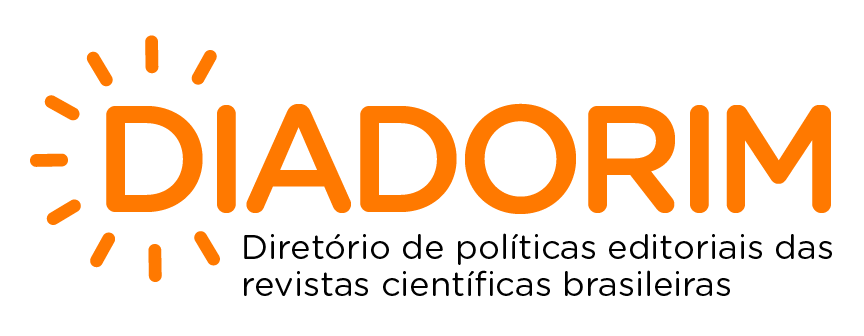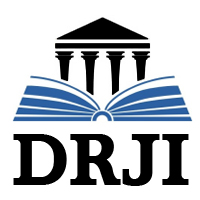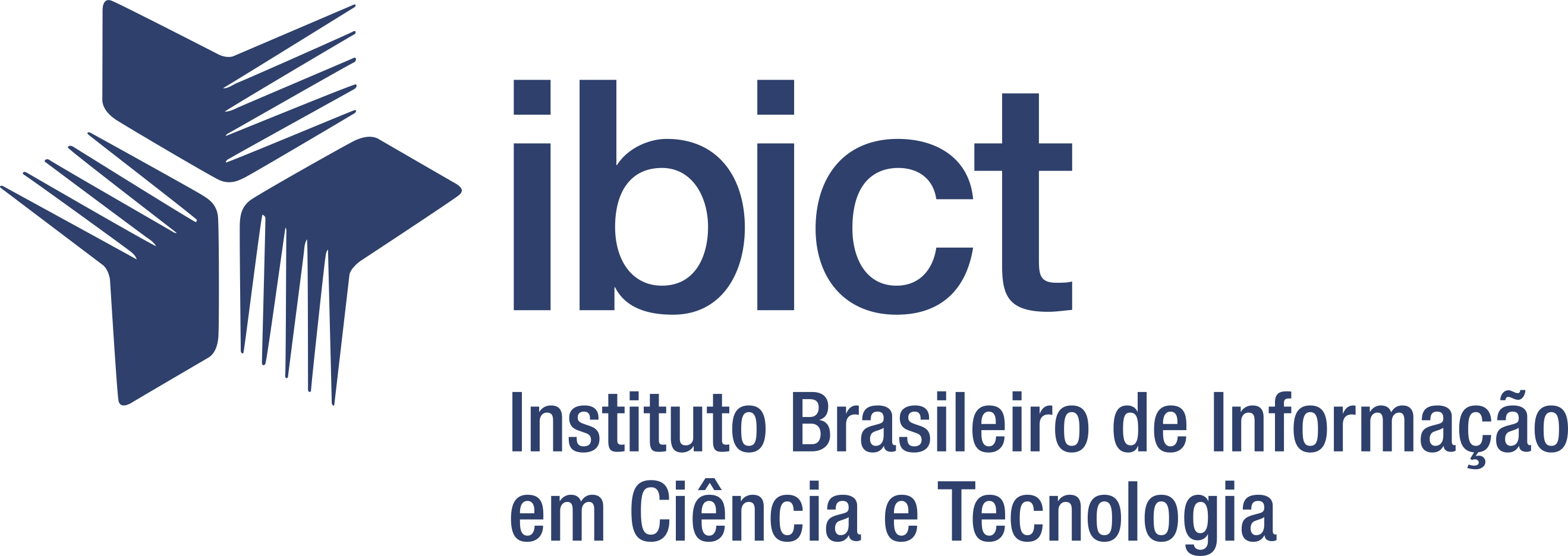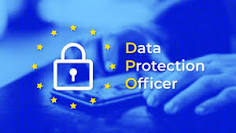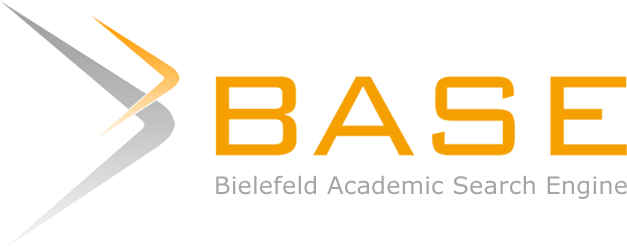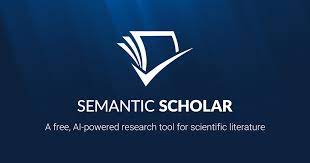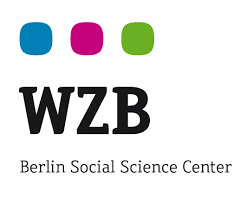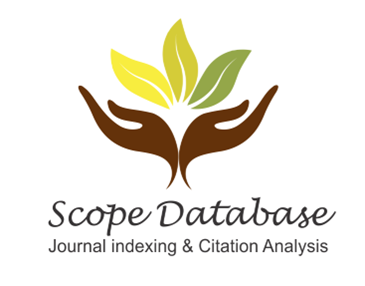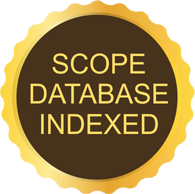HUMAN IDENTIFICATION OF SEVERELY DECOMPOSED BODY THROUGH DENTAL RECORDS: CASE REPORT
DOI:
https://doi.org/10.53612/recisatec.v2i7.165Keywords:
human identification, forensic dentistry, forensic exam, X-rayAbstract
Post-mortem changes causes alterations in the body, making papilloscopic examination unfeasible for human identification. The odontolegal expertise assumes a leading role in human identification when papilloscopic methods are impossible. In these cases, the forensic dental records are collated with individual data present in dental records antemortem submitted by the family of a supposed victim. In the present case report, a man found in an advanced state of putrefaction was submitted to forensic dental exam, and his data were compared with data broght by family members. The comparison of radiographic data had special significance on case results and writing the odontolegal report. Ascertained the totality of equivalences of characteristics, as well as the absence of incompatibilities, it was demonstrated that in the presence of antemortem dental data well preserved, and properly accessed by the families through dental surgeons, they are of vital importance for the identification success. Radiographs assume a leading role in this process, once that different fillings made of the same material presents unique contours in each restoration or prosthesis made, guaranteeing, as well, uniqueness of the set of analyzed data.
Downloads
References
Andrade AM da C, Gomes J de A, Oliveira LKBF, Santos LRS, Silva SRC da, Moura VS de, et al. Odontologia legal – o papel do Odontolegista na identificação de cadáveres: uma revisão integrativa. Research, Society and Development. 2021;10(2):e29210212465–e29210212465. DOI: https://doi.org/10.33448/rsd-v10i2.12465
André RS, Moraes MG de, Azevedo RN de, Alexandria AK, Soares TRC, Tinoco RLR. O Cirurgião-Dentista Clínico e a Identificação Humana: a Importância do Prontuário Odontológico: Revista Naval de Odontologia. 2020;47(2):77–81. DOI: https://doi.org/10.29327/25149.47.2-9
Astekar M, Saawarn S, Ramesh G, Saawarn N. Maintaining dental records: Are we ready for forensic needs? J Forensic Dent Sci. 2011;3(2):52–7. DOI: https://doi.org/10.4103/0975-1475.92143
Carneiro APC, Filho JRL, Guimarães JATL. Registros Odontológicos para Fins de Identificação Humana. Brazilian Journal of Forensic Sciences, Medical Law and Bioethics. 2016;5(3):251–64. DOI: https://doi.org/10.17063/bjfs5(3)y2016251
Costa M, Santana G, Queiroz ED, Neto RS, Alencar A, Lima K, et al. Atuação do Cirurgião Dentista na Identificação Humana Post-Mortem: Revisão de Literatura. Revista Científica Semana Acadêmica 2019;1(178):1-28. DOI: https://doi.org/10.35265/2236-6717-semanaacademica-v1n178-13
Dário LTP, Simões PW, Ceretta RA, Cechella BC, Bernardi AV. A atuação do odontolegista do instituto médico legal de Florianópolis (SC) no processo de identificação post mortem. Revista de Odontologia da Universidade Cidade de São Paulo. 2016;28(1):17–23. DOI: https://doi.org/10.26843/ro_unicid.v28i1.227
Ehtisham M, Nissar S. Role of forensic dentistry in human identification: “Evidence that does not lie”. University Journal of Dental Sciences. 2016;1:66–74.
Forrest A. Forensic odontology in DVI: current practice and recent advances. Forensic Sciences Research. 2019;4(4):316–30. DOI: https://doi.org/10.1080/20961790.2019.1678710
Fortes ABC, Lima LNC, Furtado FMS. Análise da importância da documentação odontológica no processo de identificação humana no IMLde São Luís, Maranhão. Revista Brasileira de Odontologia Legal [Internet]. 2020;7(2): 22-32. DOI: https://doi.org/10.21117/rbol-v7n22020-292
Gioster-Ramos ML, Silva ECA, Nascimento CR, Fernandes CM da S, Serra M da C. Técnicas de identificação humana em Odontologia Legal. Research, Society and Development. 2021;10(3):e20310313200–e20310313200. DOI: https://doi.org/10.33448/rsd-v10i3.13200
Jayakrishnan JM, Reddy J, Vinod Kumar RB. Role of forensic odontology and anthropology in the identification of human remains. J Oral Maxillofac Pathol. 2021;25(3):543–7. DOI: https://doi.org/10.4103/jomfp.jomfp_81_21
Krishan K, Kanchan T, Garg AK. Dental Evidence in Forensic Identification – An Overview, Methodology and Present Status. Open Dent J. 2015;9:250–6. DOI: https://doi.org/10.2174/1874210601509010250
Paranhos LR, Caldas JCF, Iwashita AR, Scanavini MA, Paschini R de C. A importância do prontuário odontológico nas perícias de identificação humana. Revista da Faculdade de Odontologia - UPF [Internet]. 2009;14(1):14-17.
Prajapati G, Sarode SC, Sarode GS, Shelke P, Awan KH, Patil S. Role of forensic odontology in the identification of victims of major mass disasters across the world: A systematic review. PLoS One. 2018;13(6):e0199791. DOI: https://doi.org/10.1371/journal.pone.0199791
Silva RF da, Prado MM do, Daruge Júnior E. Quantos pontos de concordância são necessários para se obter uma identificação odontolegal positiva? Revista de Odontologia da Universidade Cidade de São Paulo. 2009;21(1):63–8. DOI: https://doi.org/10.26843/ro_unicid.v21i1.437
Silva RF, Dias PEM, Picoli FF, Rodrigues LG, Mundim-Picoli MBV, Rosário Junior AF do. Inconsistências antropológicas observadas em corpo putrefeito identificado por registros odontológicos - relato de caso pericial. RBOL. 2015; 2(1):125-136. DOI: https://doi.org/10.21117/rbol.v2i1.25
Silveira EMSZSF. Odontologia legal: conceito, origem, aplicações e história da perícia. Saúde Ética & Justiça. 7 de junho de 2008;13(1):33–6. DOI: https://doi.org/10.11606/issn.2317-2770.v13i1p33-36
Tinoco RLR, Martins EC, Jr ED, Daruge E, Prado FB, Caria PHF. Dental anomalies and their value in human identification: Case report. J Forensic Odontostomatol. 2010;38:39–43.
Waleed P, Baba F, Alsulami S, Tarakji B. Importance of Dental Records in Forensic Dental Identification. Acta Inform Med. 2015;23(1):49–52. DOI: https://doi.org/10.5455/aim.2015.23.49-52
Wescott DJ. Recent advances in forensic anthropology: decomposition research. Forensic Sciences Research. 2018;3(4):278–93. DOI: https://doi.org/10.1080/20961790.2018.1488571
Downloads
Published
How to Cite
Issue
Section
Categories
License
Copyright (c) 2022 RECISATEC - SCIENTIFIC JOURNAL HEALTH AND TECHNOLOGY

This work is licensed under a Creative Commons Attribution 4.0 International License.
Os direitos autorais dos artigos/resenhas/TCCs publicados pertecem à revista RECISATEC, e seguem o padrão Creative Commons (CC BY 4.0), permitindo a cópia ou reprodução, desde que cite a fonte e respeite os direitos dos autores e contenham menção aos mesmos nos créditos. Toda e qualquer obra publicada na revista, seu conteúdo é de responsabilidade dos autores, cabendo a RECISATEC apenas ser o veículo de divulgação, seguindo os padrões nacionais e internacionais de publicação.













